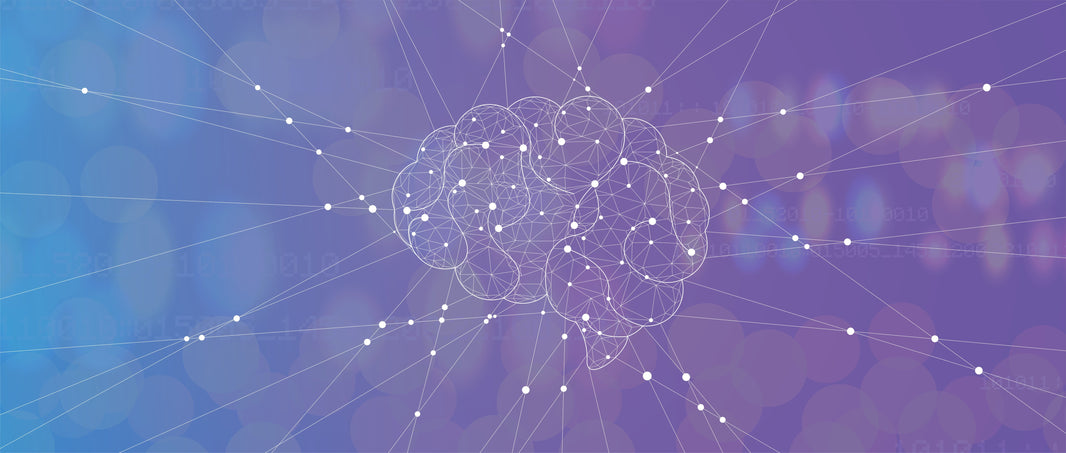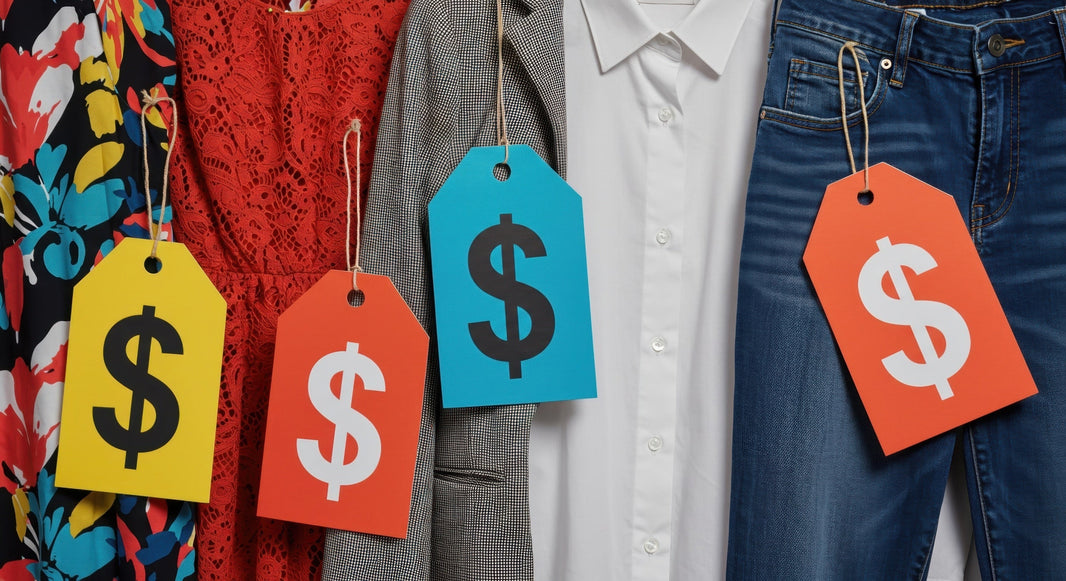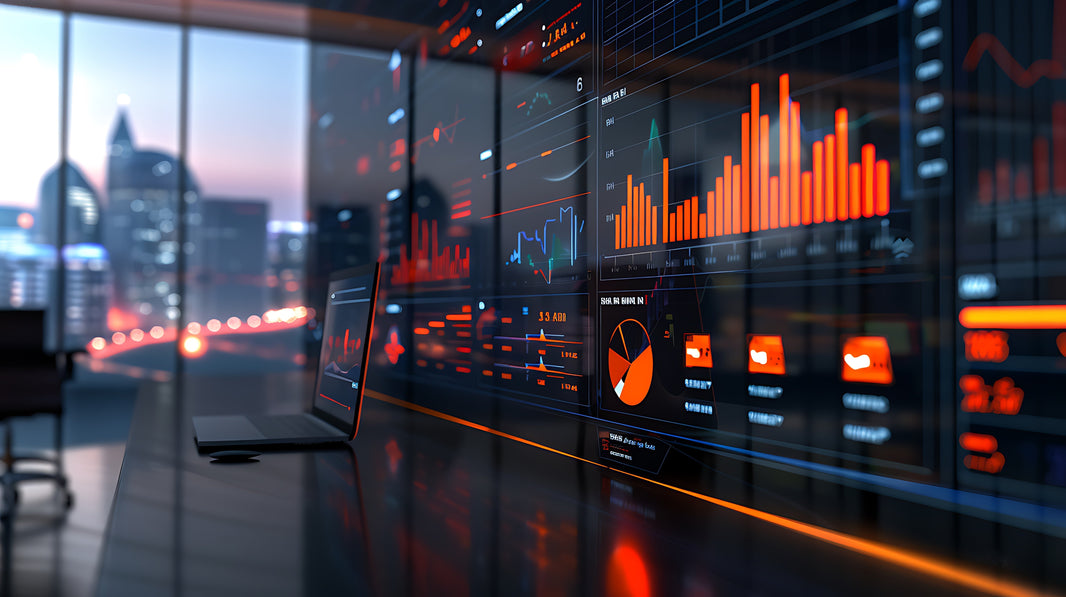What if you could subtly influence your website visitors' purchasing decisions without them even noticing? The decoy effect is one of the most fascinating techniques in neuromarketing and demonstrates how a cleverly placed price or alternative option can significantly change user behavior. Anyone who takes web design and conversion optimization seriously should understand this psychological effect and consciously utilize it. Because with the right pricing strategy, you can not only generate more sales but also make higher-quality products more attractive.
What is the decoy effect and why is it so powerful?
The decoy effect (also called the "bait effect") describes a phenomenon from behavioral economics that was first investigated by psychologists Joel Huber, John Payne, and Christopher Puto in the 1980s. The core idea: people don't always make rational decisions, but rather allow themselves to be steered in a desired direction by a seemingly unattractive third option (the "decoy").
Imagine you run an online store for digital products and offer two subscriptions: a basic version for €10 and a premium version for €25. Many customers will choose the cheaper option. Now you add a third, strategically placed alternative: an advanced basic version for €22 with barely noticeable improvements. Suddenly, the premium version for €25 seems much more attractive because it's only slightly more expensive but offers many more benefits. Customers perceive the decoy as a "bad deal" and instinctively choose the more expensive, but supposedly "better" offer.
This effect can be observed not only with subscriptions or software products, but also with physical goods, services, and even fundraising campaigns. Research shows that people are more likely to choose a more expensive option when a deliberately less attractive alternative is introduced. This can happen, for example, in restaurants with menu design, in supermarkets with product placement, or even in political campaigns with deliberately chosen benchmarks.
Scientific background and psychological mechanisms
The decoy effect is based on the cognitive bias of "asymmetric dominance." An option is perceived as superior when presented in comparison to a deliberately weaker alternative. Studies show that consumers often do not make their decisions based on absolute values, but are influenced by direct comparison with other options.
In an experiment by Dan Ariely, one of the leading experts in behavioral economics, participants were given the choice of purchasing a digital magazine subscription for $59, a print version for $125, or a combination of print and digital versions for $125. Almost no one chose the print subscription alone—but its mere existence dramatically increased sales of the more expensive combined option. Without the print option, significantly more participants opted for the cheaper digital subscription. The experiment proves that the perception of value depends heavily on the presentation of alternatives.
Another example comes from the automotive industry. If a car dealer offers a base vehicle for €20,000 and a more equipped variant for €30,000, many buyers will opt for the cheaper model. However, if the dealer adds a mid-range option for €28,000, customers are more likely to choose the more expensive model because the price difference seems smaller and the added value is perceived as significant.
The decoy effect is also evident in the tourism industry: If a tour operator offers two vacation packages—one for €800 with limited amenities and one for €1,500 with many additional services—many customers will choose the cheaper option. However, if the operator adds a third package for €1,400 with few additional benefits, the premium €1,500 package appears significantly more valuable by comparison, and more customers will tend to choose the more expensive option.
Application of the decoy effect in web design and e-commerce
The decoy effect can be a powerful tool for online shops, SaaS providers, and subscription models. A proven strategy is to deliberately place a "bait option" to steer customers in a desired direction. This effect can help achieve higher sales, especially with tiered pricing, product bundles, or upselling strategies.
A classic practical example can be found with streaming services or software subscriptions. If a basic subscription costs €9.99, a premium subscription costs €19.99, and an "intermediate tier" with a few additional features is introduced for €17.99, users tend to opt for the premium option because the price difference seems minimal, but the benefits seem significant. Many companies are already using this technique to guide customers to a specific product without appearing overtly manipulative.
The decoy effect can also be used in product placement in online stores. When a product is offered in three variants with strategic price differences, customers tend to choose the seemingly best value option. This can be enhanced through clever product descriptions and visual design.
How to use the decoy effect on your website
Anyone who wants to effectively utilize the decoy effect should follow a few key principles. First, the "decoy option" must be deliberately designed to highlight the most attractive choice in a direct comparison. This doesn't mean the decoy product should be completely useless—it just has to appear strategically inferior compared to the preferred option. It's also important that prices and features are presented in a way that maximizes the psychological comparison effect.
Visual design also plays a role. Pricing tables should be designed so that the desired option is particularly eye-catching. Color-highlighted fields, larger fonts, and short, concise descriptions direct users' attention to the preferred option. Some A/B tests have shown that clever placement and design decisions alone can increase conversion rates by up to 30%.
In addition to pricing strategies, the decoy effect can also be used in other web design decisions. When designing call-to-action buttons, feature comparisons, or even navigation elements, one "suboptimal" option can help make another appear more attractive. An example of this would be a comparison between three shipping options: standard shipping for €3.99, express shipping for €14.99, and a "fast shipping" option for €12.99, which is only slightly slower than express. Customers will tend to choose the more expensive express shipping option because the difference seems small.
More sales and higher revenue through psychological pricing
The decoy effect is an underrated yet extremely effective neuromarketing technique. Through clever pricing and strategic presentation of options, purchasing decisions can be subtly influenced and higher sales can be achieved. The key is to position the decoy in such a way that it makes the desired product or offer appear to be the best choice. Those who systematically integrate this effect into their web design can not only convince more customers but also significantly increase average shopping cart values.









